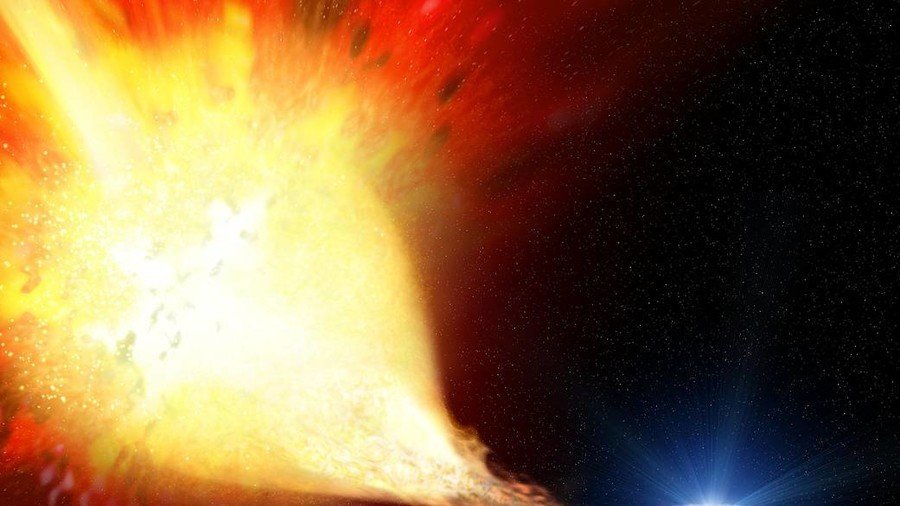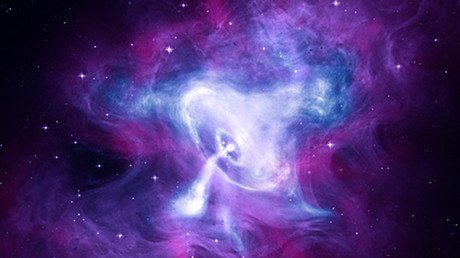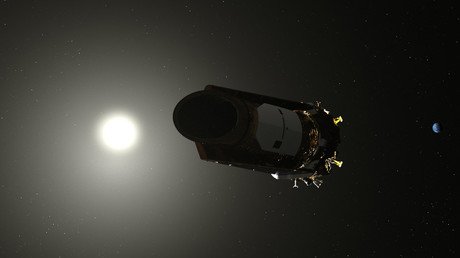Mystery of rare supernova explosion finally solved

Astronomers trying to explain mysterious bursts of light in space for over a decade have finally, with the help of NASA’s Kepler Space Telescope, defined the phenomenon as a new kind of exploding star.
In 2012, astronomers reviewing data captured by Kepler first noticed a quick 10 percent bump in light from a galaxy 1.3 billion light-years from Earth. Initially, researchers couldn’t tell if the fleeting flash of light was a massive exploding star (supernova) or simply a computer glitch.
Known as Fast-Evolving Luminous Transients (FELTs), the flash of light would rise and fall in less than a month, making it hard for most space telescopes to capture, as they usually collect data from a patch of space every few days.
The Kepler spacecraft, whose mission is to hunt for exoplanets by taking shots of a single stretch of the galaxy every 30 minutes for a long period of time, allowed it to catch a FELT in action and in stunning detail. “Kepler opened up a new way of looking at the sky,” said Jessie Dotson, Kepler’s project scientist.
“It was designed to do one thing really well, which was to find planets around other stars,” Dotson said. “In order to do that, it had to deliver high-precision, continuous data, which has been valuable for other areas of astronomy.”
READ MORE: Origins of gold discovered in space
The data showed researchers that the flash-in-the-pan light was actually a result of a ‘belch’ by a large star near its death. It seems that about a year before its demise, the star emits a bubble of dust and gas trapped in the kinetic energy of the star’s imminent explosion.
The cocoon was then converted into a brief, but incredibly bright light, flashing for about a 10th the length of typical supernova and creating an entirely new form of exploding star - a “supernovae.”
READ MORE: 5,000yo stone carving in Himalayas may be oldest sky chart & depiction of supernova
The discovery is an unexpected feather in Kepler’s wide range of capabilities and researchers are hoping to find more of these objects in the ongoing K2 mission or in Kepler’s exciting replacement, TESS. They have already discovered more than 20 supernovae examples using data from the Kepler spacecraft.
“This is a new way for massive stars to die and distribute material back into space,” said Armin Rest of the Space Telescope Science Institute in Baltimore, Maryland.
A study into the phenomenon by seven scientists throughout the US, Australia and Chile was published in the journal Nature Astronomy.















